Contents

Introduction

Many of them are no longer there, demolished following the horrific incidents that took place within their walls, as if to expunge them forever. Others have changed their names, often at the request of their occupants, tired of the ghoulish tours and bored with uninvited visitors popping flashbulbs and asking the same old questions. Then there are the houses that are reluctant to let go of their secrets; where the victims and perpetrators of the horrific crimes they hosted still live out the horror that befell them, and can be seen walking the corridors at night or heard screaming endlessly as they relive their terror, again and again. These are the sites of unspeakable, unforgivable and often incomprehensible acts. They are the Houses of Death.
There is no common theme to any of these buildings, although a few of them certainly look the part. The Waverly Hills Sanitorium, for instance, seated on a hill in Louisville, Kentucky, can send a shiver down the spine just from looking at photographs of it. These days its gloomy look is enhanced by dark, dilapidated corridors, rusted pipes and flaking walls. Its sheer size renders it terrifying, but its blood-soaked, death-laden history ensures that this is not a place you would like to visit. Many do, however, seeking ghostly thrills, eager to prove the existence of another world, or simply to be scared out of their wits.
Other buildings in this book were the locations of crimes and atrocities that are almost beyond comprehension. The extermination camps of Nazi Germany were witness to a kind of mass hysteria that resulted in the horrific deaths of millions of Jews, gypsies and other minorities. Perhaps the fact that some of these killing factories, such as Auschwitz, have been allowed to remain as they were, will allow them to serve as a warning to future generations of the horrors that man is sometimes capable of in the service of an ideology.
Of course, from time to time, individuals also commit hideous atrocities that are way beyond the understanding of any sane and rational person. How can we explain the obscene acts perpetrated by Ed Gein on his farm at Plainfield, Wisconsin in the northern United States? A loner, who was fixated by his mother, thrown into a hellish world of peeled human skin and the use of body parts as household items following her death. Of all killers, Gein is one of the hardest to understand. It is a dubious honour he shares with men such as Jeffrey Dahmer and Dennis Nielsen, men who have traversed the boundaries of humanity.
Houses of Death can be ordinary places, too. Dahmers apartment was just an apartment, although there was always that strange lingering smell about the place. Inside, of course, like Geins farm and Nielsens flat, it was a charnel house, but from the outside, there was little evidence of the horror being lived out within. 10 Rillington Place, the venue for John Reginald Christies macabre, murderous sexual fulfillment, was an unassuming terrace house in the Notting Hill area of north London in the days before it became the sought-after area to live for film stars and politicians. The house is long gone, replaced by an elevated section of the A40 dual carriageway, but, back then, the innocent passerby would have known little about the obscenities being perpetrated behind that ordinary door.
Then there are the inexplicable tragedies of Jonestown and the Mount Carmel Ranch, settings for the last stands of two messianically deranged individuals, Jim Jones and David Koresh. The bizarre tale of the creation of the Jonestown community, in the middle of the jungle in northwest Guyana, would barely be credible if it was a work of fiction or a film. Incredibly, and tragically for more than 900 people who died there, it was reality of the worst possible kind and the shacks and structures that were witness to the terrible events of 18 November 1978 have now been re-claimed by the jungle; even locals did not want to live there. Mount Carmel, home to the Branch Davidian sect, on the other hand, was obliterated by fire and the scene was bulldozed not long after. The memory lives on, however, of an extraordinary 51-day stand-off, during which this group of buildings filled our TV screens.
Often, it is no more than coincidence which turns an ordinary house into a crime scene a building simply being the right place, at the right time. Sometimes, however, the very place seems to assume responsibility for the killings carried out inside it. The ruins of Countess Erzsbet Bthorys Castle Csejthe glower down at the visitor, almost daring him or her to enter, and the suffering endured at Philadelphias Eastern State Penitentiary was caused, in many cases, by the building and its creators, the architects of an inhuman system of punishment and retribution.
Countess Erzsbet Bthory
Castle Csejthe, Slovakia

Countess Erzbet Bthory was a truly evil woman, but her royal connections ensured her protection, even when the numerous hideous crimes she had committed were finally revealed. While her accomplices were tortured and executed, the countess was imprisoned in her castle home and simply left to die a natural, if not peaceful, death.
Villages would wait in dread. In the dead of night, the carriage, drawn by powerful black stallions, would drive noisily past. Inside would be young girls, cowering in fear. They had every right to be afraid. They would enter the huge Castle Csejthe and never be seen again. People living nearby reported hearing horrific screams emanating from behind the castle walls. There was talk of witchcraft, orgies and vile practices.
Nothing could be done about it, however. The beautiful denizen of the castle, Countess Erzsbet Bthory, was as well connected as they came. Her family included counts, princes, bishops and cardinals. She was a cousin of the prime minister, her uncle, Stephen, had been king of Poland and she had once been married to the warrior count known to Hungarians as the Black Hero because of the courage he showed in battles against the hated Turks.
Eventually, however, King Mathias II of Hungary decided that it was time to bring an end to the rumours that had been spreading about the countess. Either that, or bring an end to what was going on behind the forbidding walls of the castle. He sent a party to investigate, a party that included her cousin, the prime minister. They had to be careful, but, in all likelihood, on seeing her cousins colours, she would open the castles massive gates to them.
The party was surprised to find the door of the castle open when they arrived, and they entered a great hall. Immediately, they found a young, partly clothed girl lying on the floor. She was unnaturally pale, as if the blood had been drained out of her body. She was dead, and another girl they found nearby was close to death. She, too, looked as if the blood had been sucked from her body, and the many piercings that peppered her body seemed to confirm that fact. Further on, a woman was found chained to a post. She had been whipped and her body was lacerated and burned. Like the others, her blood appeared to have been taken.

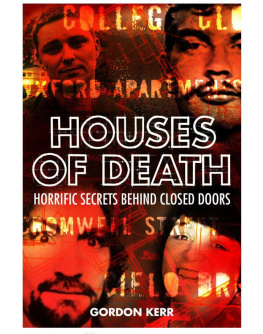

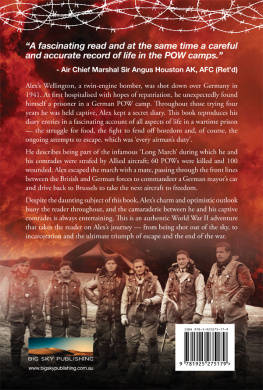

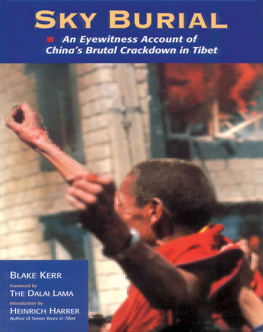



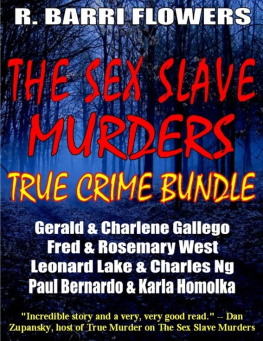
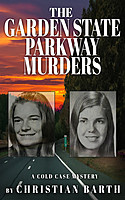


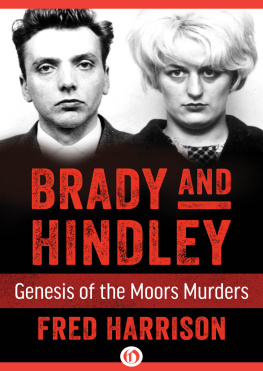
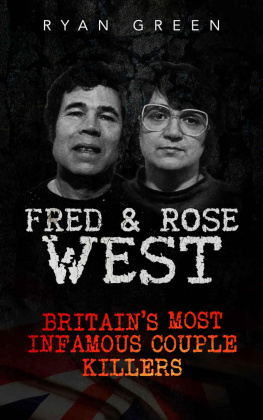



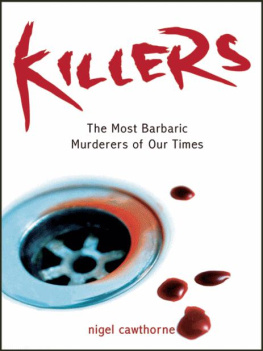




 Countess Erzbet Bthory was a truly evil woman, but her royal connections ensured her protection, even when the numerous hideous crimes she had committed were finally revealed. While her accomplices were tortured and executed, the countess was imprisoned in her castle home and simply left to die a natural, if not peaceful, death.
Countess Erzbet Bthory was a truly evil woman, but her royal connections ensured her protection, even when the numerous hideous crimes she had committed were finally revealed. While her accomplices were tortured and executed, the countess was imprisoned in her castle home and simply left to die a natural, if not peaceful, death.